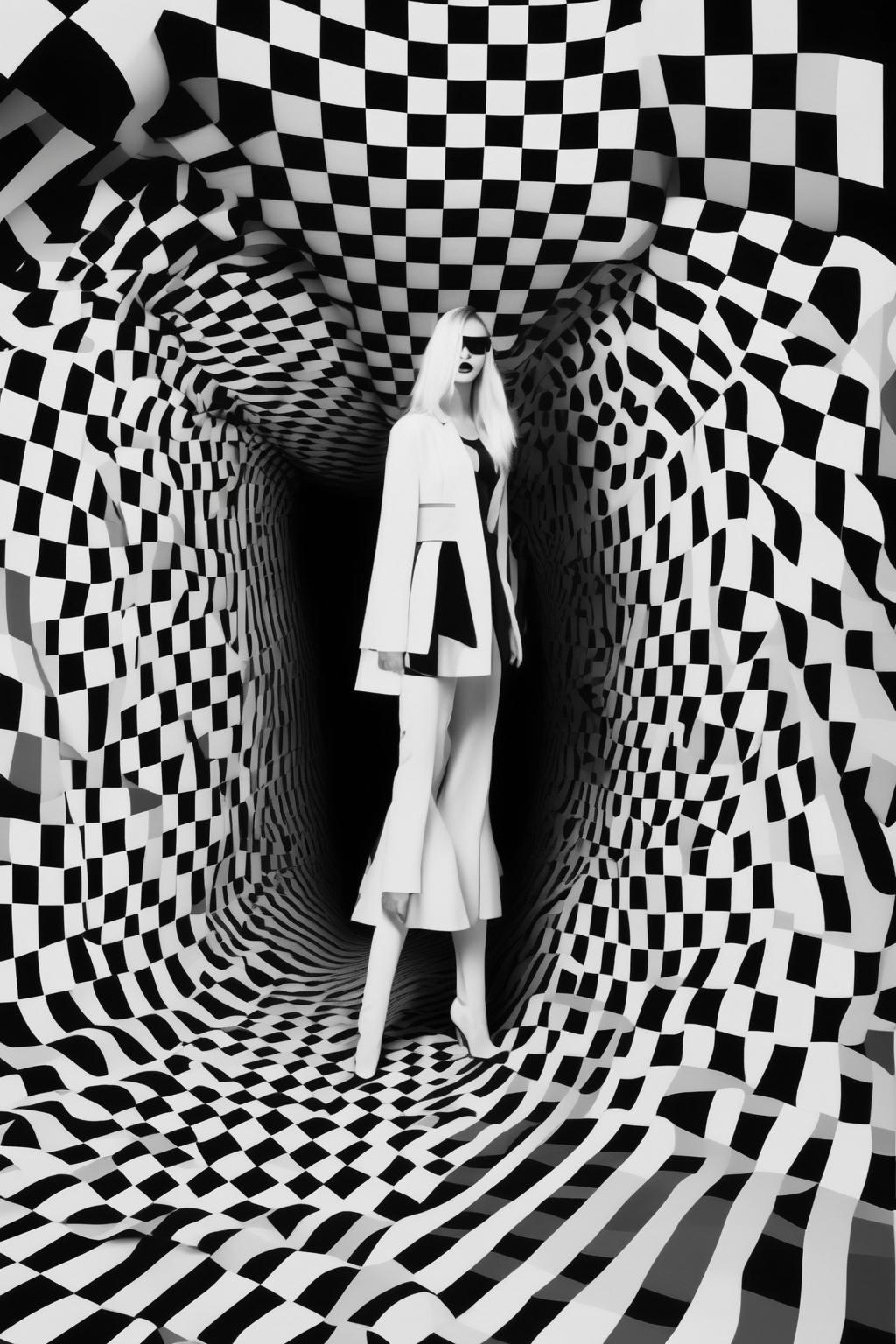Speakeasy
Speakeasies were secret bars that emerged in the course of the Prohibition era in the United States, which lasted from 1920 to 1933. These venues had been often hidden behind unmarked doorways or disguised as respectable businesses, permitting patrons to take pleasure in alcoholic drinks in a discreet setting.
History and Significance
The term “speakeasy” is believed to have originated from the method in which patrons would speak quietly or “easily” about these hidden establishments to avoid drawing consideration from regulation enforcement. Despite the authorized restrictions, speakeasies flourished, turning into vibrant social hubs for music, dance, and culture, notably jazz.

Features of Speakeasies
Typical options of a speakeasy included:
- Secretive Locations: Often discovered behind hidden doorways or in basements.
- Unique Decor: Many were lavishly adorned, creating an intimate atmosphere.
- Live Entertainment: Jazz bands and other performers have been common, enhancing the lively vibe.
Modern Speakeasies
Today, the idea of speakeasies has made a resurgence, with many bars embracing the classic aesthetic and clandestine vibe. These fashionable speakeasies often serve craft cocktails and supply an immersive expertise that harks back to the Prohibition period.
Overall, speakeasies represent a captivating chapter in American historical past, symbolizing resilience and the will for social connection within the face of adversity.
A speakeasy is a term that originally referred to illicit bars in the course of the Prohibition era within the United States, when the sale of alcoholic drinks was unlawful from 1920 to 1933. These hidden establishments became a logo of defiance in opposition to restrictive legal guidelines and have been typically accessed via secret entrances or passwords.
The idea of the speakeasy has developed through the years and might now symbolize a nostalgic homage to that era. Nowadays, up to date speakeasies typically use vintage aesthetics, craft cocktails, and a secretive ambiance to create a singular consuming expertise.
- Secrecy: Many fashionable speakeasies are tucked away in basements, behind unmarked doors, or disguised as other forms of businesses.
- Craft Cocktails: Emphasizing high quality and creativity, these institutions usually function inventive drink menus made from fresh components.
- Atmosphere: Dark lighting, classic decor, and subdued music contribute to an intimate and immersive setting.
Visiting a speakeasy can really feel like stepping back in time, providing patrons a taste of the past whereas having fun with contemporary twists on traditional cocktails.
- Research local speakeasies in your area.
- Be ready for op a unique entry experience.
- Enjoy the ambiance and craft cocktails!
A speakeasy refers to a secretive bar or membership that served alcoholic beverages in the course of the Prohibition period in the United States, which lasted from 1920 to 1933. These institutions operated clandestinely, because the manufacturing, sale, and transportation of alcohol was unlawful throughout this time.
Characteristics of Speakeasies:
- Hidden areas, usually behind unmarked doorways or in basements.
- Unique and artistic cocktails that turned popular during Prohibition.
- Special passwords or phrases required for entry.
- Jazz music and stay leisure to create a vibrant ambiance.
Today, the term “speakeasy” is used to describe fashionable bars that emulate the secretive and trendy vibe of the unique institutions.
Reasons for Their Popularity:
- They supplied a social area during a time of strict alcohol regulation.
- Gave rise to a tradition of illicit drinking and unique drink recipes.
- Symbolized revolt in opposition to governmental restrictions on private freedoms.
- They were often associated with famous figures and arranged crime, including to their intrigue.
In contemporary urban settings, speakeasies typically entice patrons looking for a nostalgic expertise combined with a modern twist, often mixing history with revolutionary mixology.
